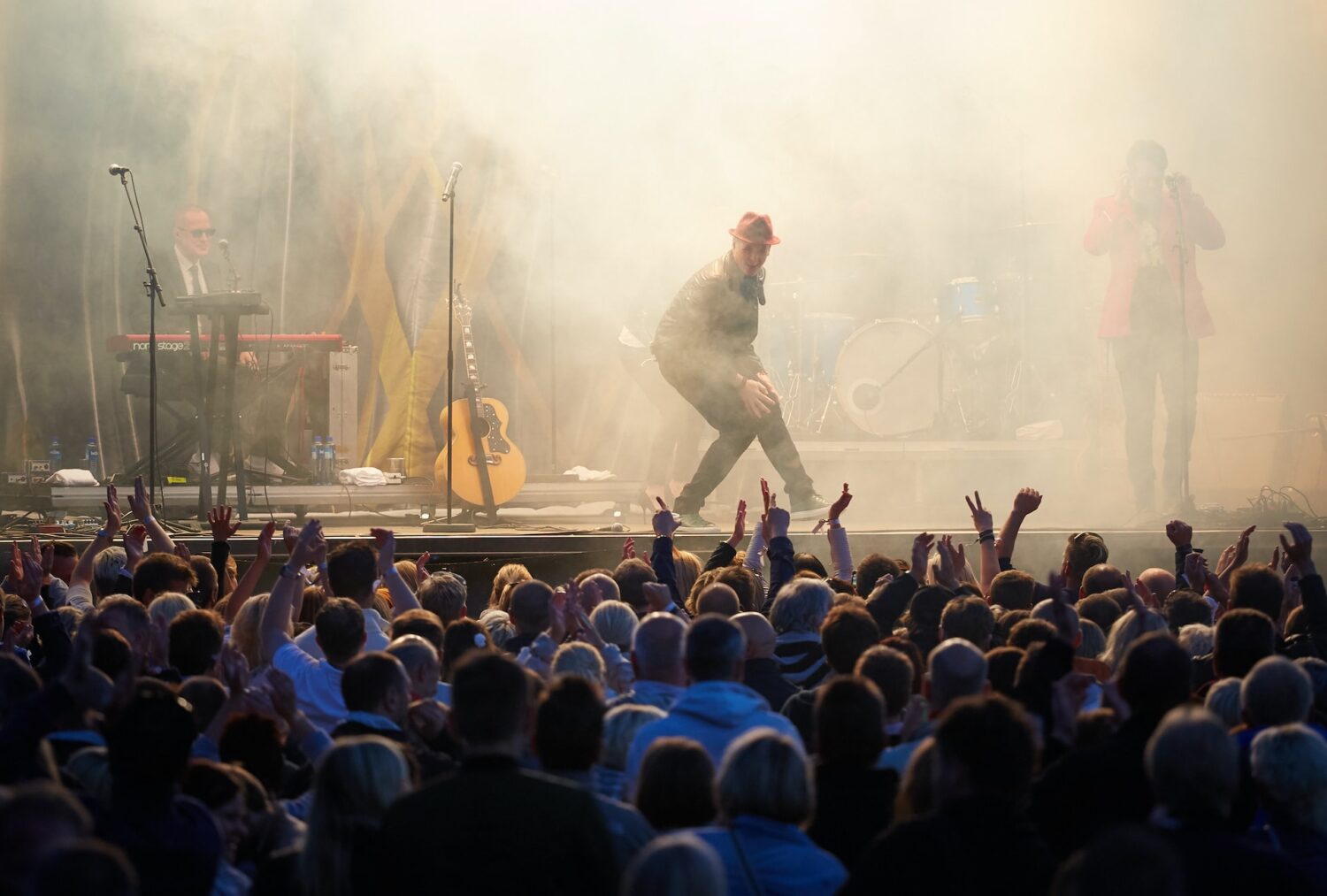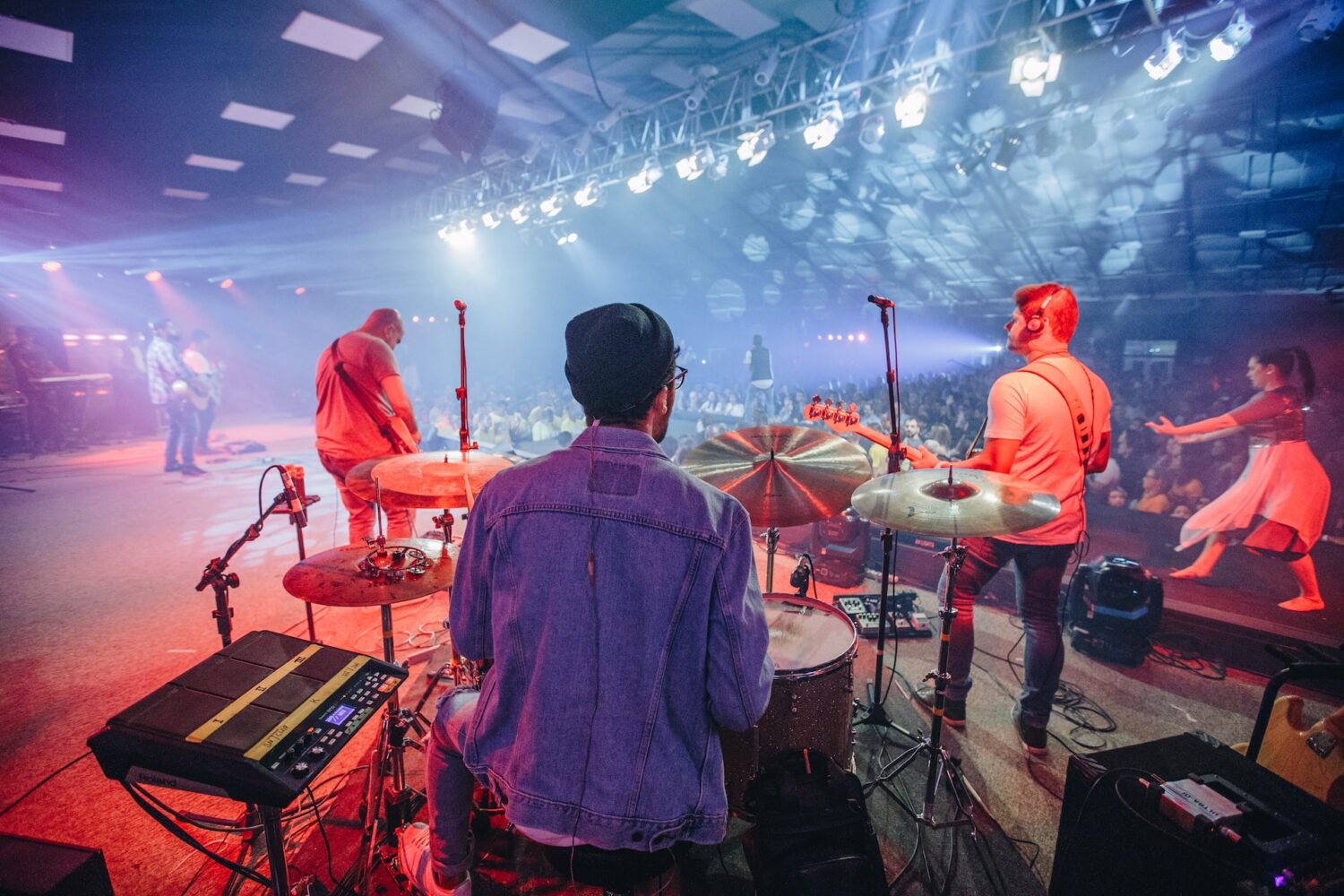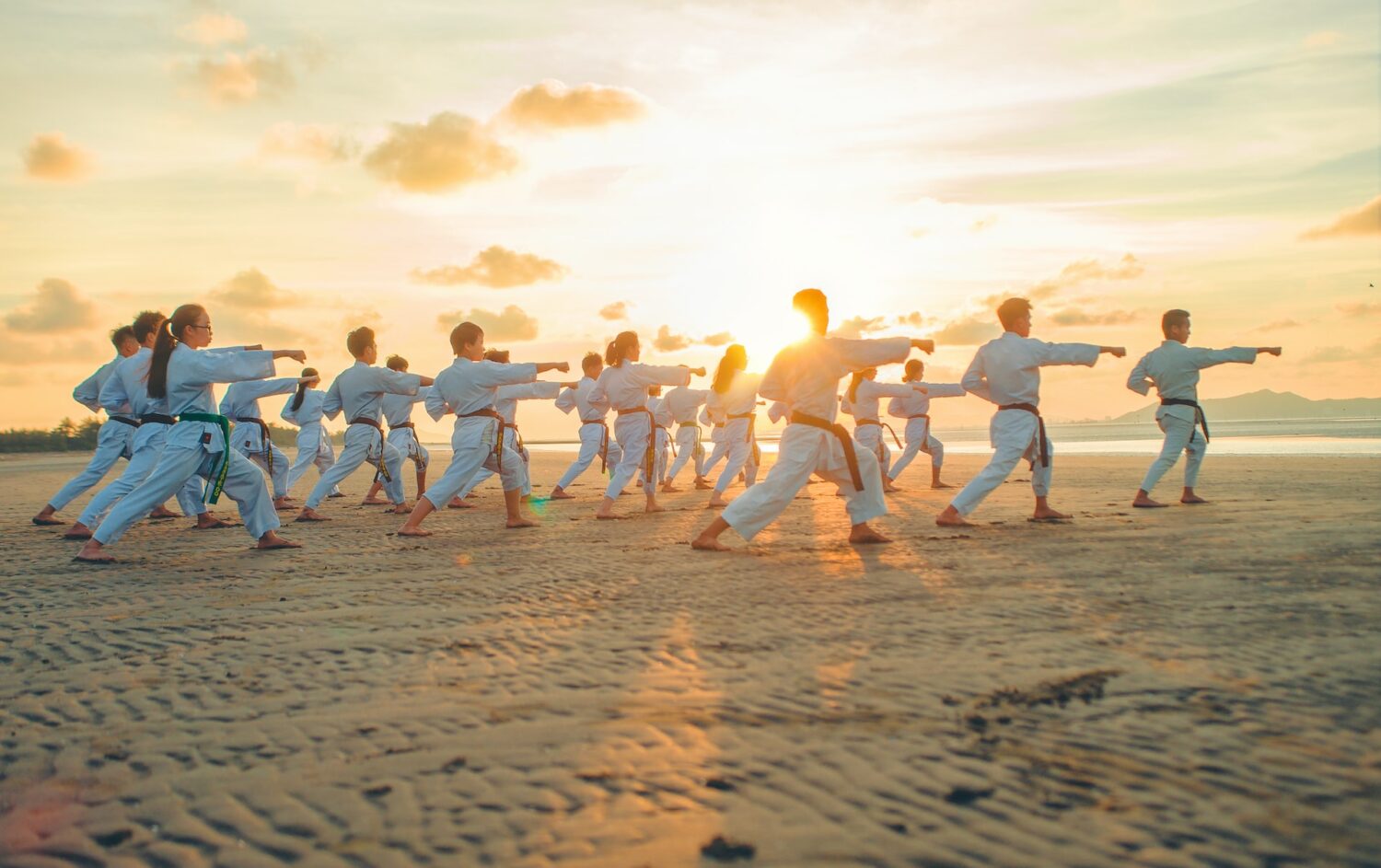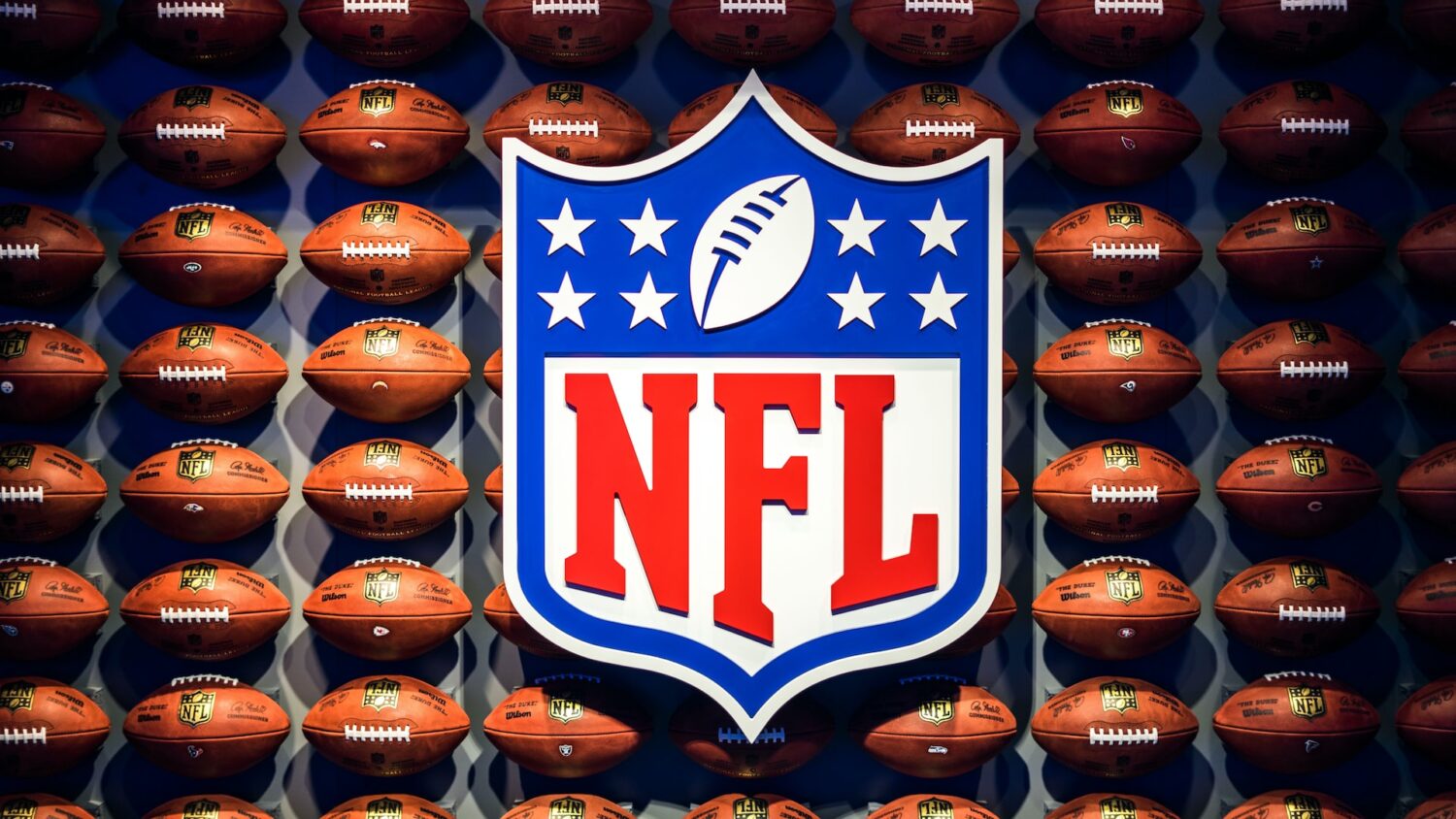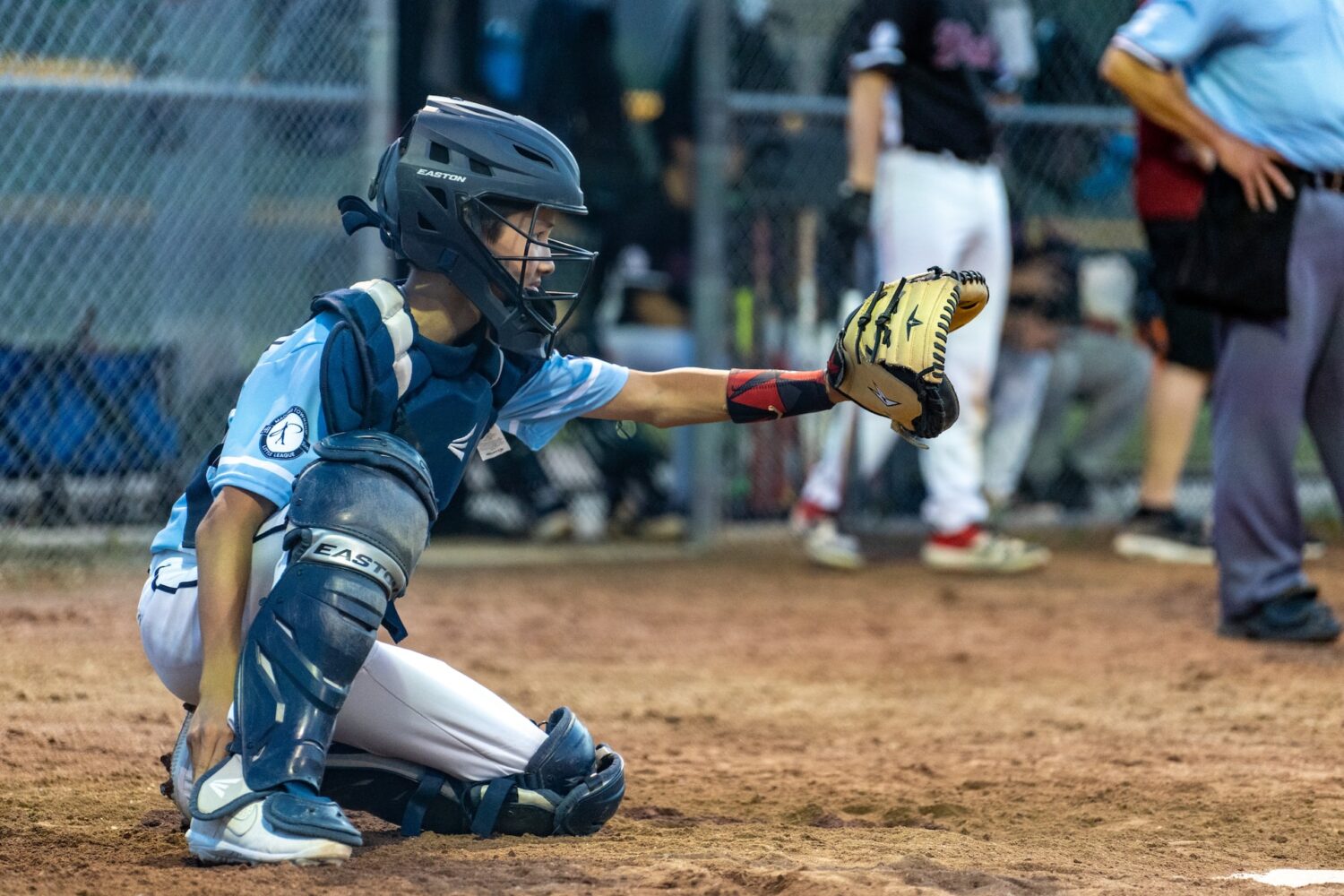It’s no secret that women’s sports do not get the notoriety they deserve. We live in a world that strives for gender equality more than at any time in history. And despite a significant advance in mentality, as well as in the actual application of women’s rights, a major gap remains between the compensation of men and women in sports (and many other fields for that matter).
A part of the problem is the lack of major fan bases that induce bigger money coming from potential advertisers. Ratings are far lower for females sports than for their male counterparts. And while viewership rates typically rely on a supply and demand basis, there is still a lot that can be done to instill a bigger buzz surrounding female athletics.
The Olympic games are fast approaching, as they will be held in the summer of 2020 in Tokyo, Japan. But even there, the men seem to overshadow the women in almost every field. From swimming to track and field, the women are extremely fun to watch, but the men are clearly the main event.
Enter the Aurora Games. A series of athletic competitions for women alone, held in Albany, New York. Jerry Solomon, who has been a sports executive for a very long time, decided to establish these games, in order to give female sports the stage they deserve. A place where women athletes can come together to showcase their skills and abilities on a platform designed just for them. A spectacle that highlights the strength and finesse that women have to offer to the world of sports.
More specifically, the Aurora Games are built in a way that convenes some of the absolute greatest women athletes from various sports to join together on teams and take part in awesome competitions. Athletes are placed on either Team Americas or Team World, and the sports including swimming, tennis, ice hockey, basketball, and volleyball, among others.
The initial feedback from the events are highly positive. In terms of compensation, athletes get to have all of their expenses paid, including travel, food, and accommodation. They even have some of their added expenses covered, as a way to provide a solid return for their efforts.
Meanwhile, their pay for the weekend long participation is $2500. While that number may not seem like much, it really is quite solid compared to the annual or season long salaries that some female athletes get paid to play in their respective sports. For instance, the entire salary for female ice hockey players in America ranges from $2,000 to $10,000. And that number is for an entire season, which spans roughly seven months out of the year.
In reality, the progress of women’s sports can only take place if more awareness is emphasized. From the time they are little, girls are often told to refrain from various sports, and to pursue other areas of interest that fit the mold of women in society over the years. But times are changing. While it takes time to see progress, there certainly have been strides in this area in the modern era. Some sports, including women’s tennis, have already seen salaries for women increase exponentially.
But if true change is to take place, it is important to promote the development of female athletes from a very young age. Many girls opt to play soccer in their childhood. That could be the reason why the U.S. women’s soccer team has had so much success in recent years. And their honed skills have been so fun for audiences to watch, that the growing buzz around them is going to stream more money into the sport, and in turn into the pockets of the athletes themselves.
The Aurora Games are a brilliant idea. They are another step in the right direction in the promotion of women’s sports and female athletes. The more coverage these types of events receive, the faster this positive transformation can occur in the world of women’s sports.

The greatest NBA dynasties of all time
The goal for any basketball franchise is to build a dynasty that fans and experts will be talking about for



